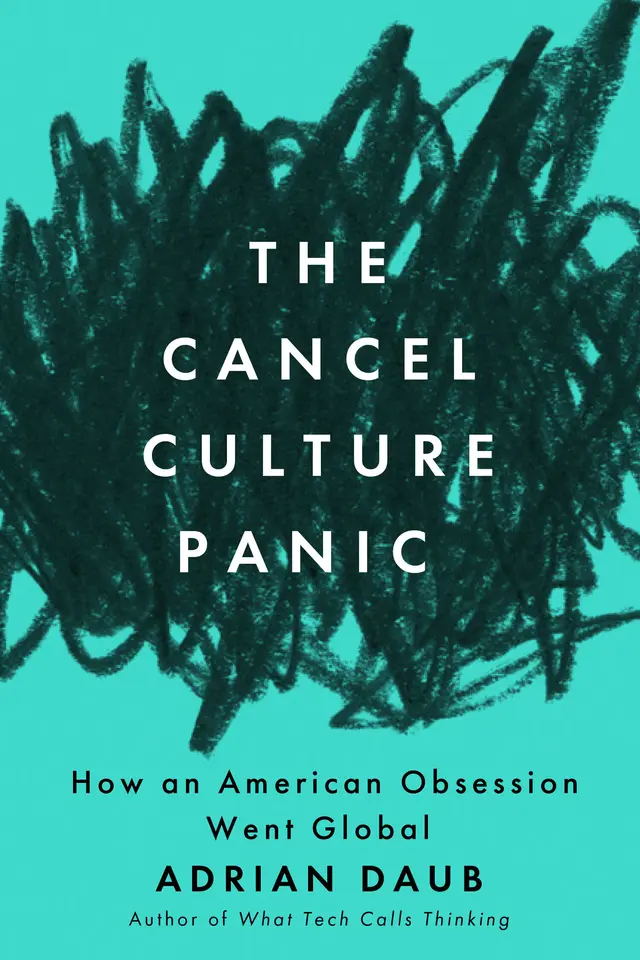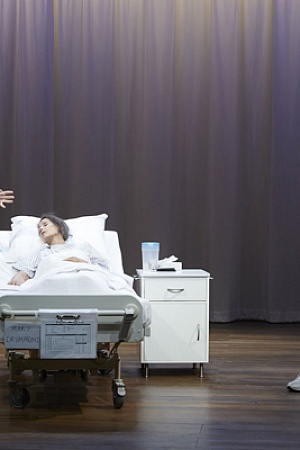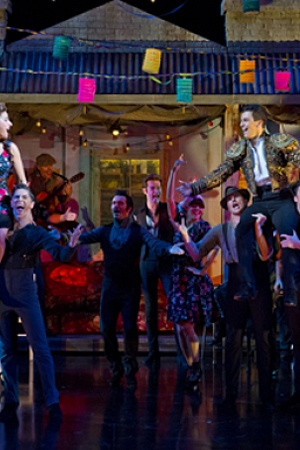Strictly Ballroom
When culture worships youth, what does an ageing artist make of his myth?
Most viewers of Strictly Ballroom: The Musical will enjoy themselves to a certain extent and for a certain duration. While my own misgivings were frequent, the large audience received the show warmly and rose, albeit half-heartedly, at the curtain call. The show rests on the shapely spray-tanned shoulders of a large and scantily clad ensemble singing and dancing in unison. Whatever the cost to clarity, the effect is impressive and, occasionally, even hypnotic. That said, Strictly Ballroom: The Musical is mostly pretty awful.
Continue reading for only $10 per month. Subscribe and gain full access to Australian Book Review. Already a subscriber? Sign in. If you need assistance, feel free to contact us.















Leave a comment
If you are an ABR subscriber, you will need to sign in to post a comment.
If you have forgotten your sign in details, or if you receive an error message when trying to submit your comment, please email your comment (and the name of the article to which it relates) to ABR Comments. We will review your comment and, subject to approval, we will post it under your name.
Please note that all comments must be approved by ABR and comply with our Terms & Conditions.